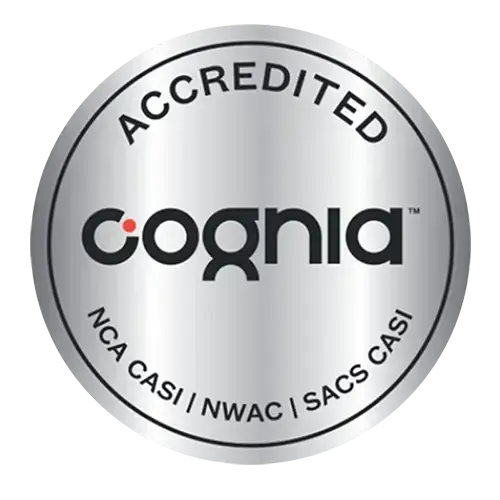By Barb Farland
•
October 29, 2025
Vanessa seems to dawdle when her teacher asks her to begin her math assignment. Marcus has read the directions four times and still has no idea what to do. Shamanth opens his desk to try to find a pencil, which is buried under mounds of crumpled papers. Belinda raises her hand and, in sobs and tears, demands to go to the school counselor’s office. What’s up with these students? Are they being lazy, giving their teacher a hard time, and/or just having a bad day? Perhaps, but there’s also another strong possibility. All of these behaviors may indicate challenges in executive functioning. About Executive Function Executive functioning has very little to do with academic prowess and much more to do with the general operation of the brain. Healthcare and child development professionals typically identify eight important skills related to executive functioning: Initiation - The ability to begin a task Impulse control - The ability not to give in to temptation and behave accordingly Flexibility - The ability to shift from one task to the next Emotional control - The ability to behave appropriately despite contrary emotions Working memory - The ability to remember and apply instructions and other concepts Organization - The ability to create and abide by a system of tidiness Planning - The ability to understand the sequence of necessary steps to accomplish goals and tasks Self-monitoring - The ability to assess one’s own emotions, thoughts, physical condition, etc. Why are these specific capabilities so important? It’s all about what happens as a result. Executive functioning skills lead to effective decision-making, for example, thus poor executive functions could lead to choices that are unwise, emotionally driven, rash, etc., in relationships, physical health, and other areas of life.













